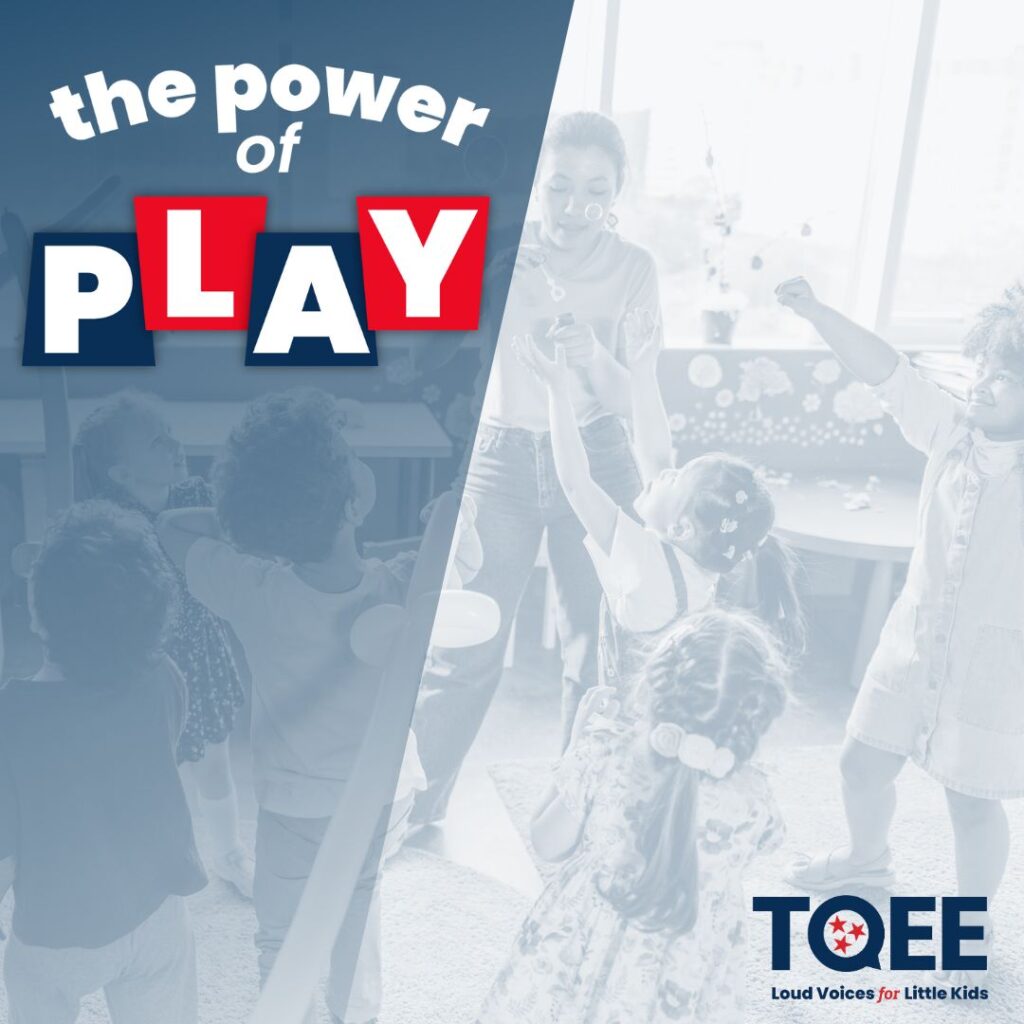The Subtitle Solution: How a Simple Switch Can Supercharge Childhood Literacy
In a world where screens reign supreme, an unexpected hero has emerged in the quest to boost childhood literacy: subtitles. Yes, those often-overlooked lines of text at the bottom of the screen may just hold the key to unlocking a world of words for our youngest learners.
Studies have long shown that using subtitles or captions while watching TV and movies can significantly improve reading skills, especially among children. A study published in the Journal of Educational Psychology found that children who watched TV with subtitles experienced notable improvements to their reading skills, including word recognition and content comprehension. This is a game-changer for early childhood education, where every advantage counts.
Enter the “Turn on the Subtitles” (TOTS) campaign, a grassroots effort urging parents and educators to do just that. By simply enabling subtitles during screen time, caregivers can provide a valuable literacy boost to their little ones. It’s an easy and effective way to sneak in some extra reading practice while enjoying a favorite show or movie. TOTS cofounder Henry Warren says, “Just by having the subtitles on, in one year the average child will read the same number of words that are in all of the Harry Potter books, all of the Narnia books, all of the Lord of the Rings, and everything that Roald Dahl ever wrote, combined.”
Efforts are underway to make captions more child-friendly, with initiatives focusing on using simpler language and larger fonts. This year, TOTS is set to release Caterpillar Captions, a service that will feature a font and style specifically designed to enhance caption readability for children. These efforts aim to make captions not only educational but also engaging and accessible to young viewers. In a recent video endorsing the TOTS mission, School of Rock legend Jack Black confirms: “[Your child] will learn to read without even realizing it.”
The importance of early literacy cannot be overstated. Research shows that children who cannot read proficiently by the end of third grade are four times more likely to drop out of high school. Third grade reading proficiency is therefore a critical springboard for future learning and life success. While books remain an irreplaceable tool in a child’s literacy journey, a 2020 Common Sense study reveals that on average, children from birth to age 8 use about two and a half hours of screen media daily, with 73% of that being video/tv. Why not make that daily screen time work in favor of early readers?
As an early childhood education advocate, I’ve been blow away by the simplicity and potential impact of this solution. It’s easy, it’s evidence based, and it’s an incredibly powerful tool for achieving important literacy milestones. Watching TV with the subtitles on will not only improve reading skills but also foster a love of reading by exposing children to new words and concepts in a fun and engaging way.
So, the next time you fire up a movie or show for your child, consider how enabling subtitles could completely revolutionize the TV-watching experience. The demonstrable benefits to a child’s vocabulary, listening comprehension, and overall literacy are profound – and well worth the few seconds that it takes to activate the subtitles.To all parents, educators in childcare programs, and elementary school teachers and principals in Tennessee: let’s join forces to make sure every child can read proficiently by the end of third grade. Exposing young readers to books and exploring reading activities with your child in fun and interactive ways are hugely important steps in developing your child’s reading skills. Subtitles and captions are just results-based devices that can support and promote their literacy. Together, we can turn the page on low literacy rates and write a brighter future for our children.





